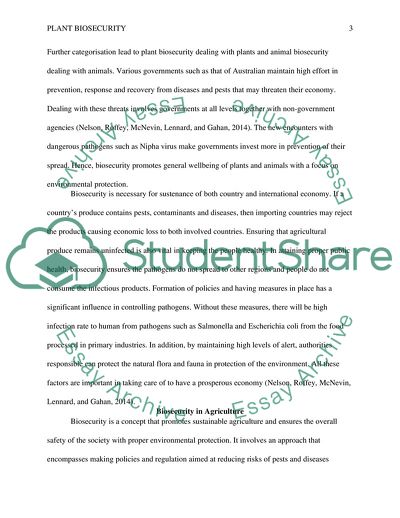Cite this document
(Plant Biosecurity Coursework Example | Topics and Well Written Essays - 2750 words, n.d.)
Plant Biosecurity Coursework Example | Topics and Well Written Essays - 2750 words. https://studentshare.org/agriculture/1867337-agro514-plant-biosecurity
Plant Biosecurity Coursework Example | Topics and Well Written Essays - 2750 words. https://studentshare.org/agriculture/1867337-agro514-plant-biosecurity
(Plant Biosecurity Coursework Example | Topics and Well Written Essays - 2750 Words)
Plant Biosecurity Coursework Example | Topics and Well Written Essays - 2750 Words. https://studentshare.org/agriculture/1867337-agro514-plant-biosecurity.
Plant Biosecurity Coursework Example | Topics and Well Written Essays - 2750 Words. https://studentshare.org/agriculture/1867337-agro514-plant-biosecurity.
“Plant Biosecurity Coursework Example | Topics and Well Written Essays - 2750 Words”. https://studentshare.org/agriculture/1867337-agro514-plant-biosecurity.


